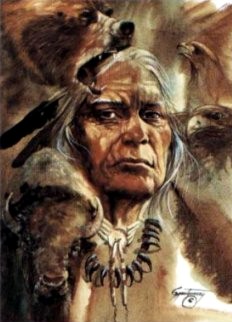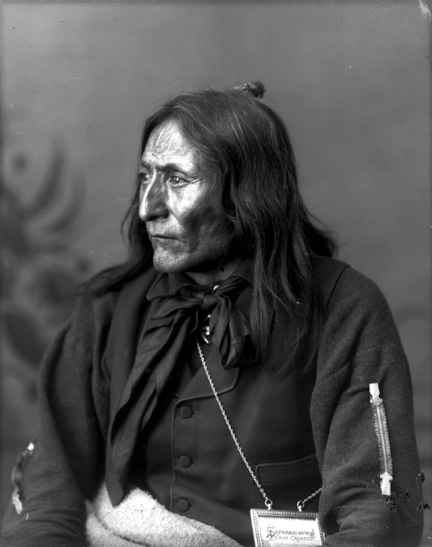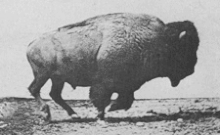The Blackfoot people have a unique idea of religion which is the belief that their world was created by the god Na'pi which translates to "Old Man". The Old Man creation story tells a tale of a man who journeys from the South to the North, creating everything around him as he travels. The story explains strange phenomenon that they notice throughout the world such as strange rock formations that formed when he lay down to rest. It explains that he created the land so there would be plenty of room to live on and he created the animals which could understand him. The Old Man's journey begins at the beginning of the day which is a metaphor for the beginning of time.

"Old Man" Source:
Web
The Old Man is also told to have walked among the Blackfoot and lived with them at the very beginning. It has been told that he was very wise but also very mischievous. Strangely, even though he is mostly all powerful, he requires the aid of other animals at times. The end of the creation story talks about how the Old Man leaves the Blackfoot people, disappearing into the mountains in the West. However, he promised that he would come back.
The spiritual beliefs of the Blackfoot are also a reason as to why they do not eat fish or travel through the water on any boats like other tribes. Even though they live among rivers rich with trout, they will not eat them because they believed that the rivers and lakes had special powers coming from the Suyitapis (Under Water People) that lived in these waters. They thought that this was the reason why their medicine bundles and other items had such special powers. A medicine bundle was a special item that was used at the Blackfoot ceremonies that held items required for that ritual, whether it was tobacco, pipe, beaver hide, sweet grass, a war shirt, knife, lance, etc.
References:
http://schoolworkhelper.net/the-blackfoot-indians-history-culture-society/
http://www.ehow.com/info_8297275_religious-beliefs-blackfoot-tribe.html











